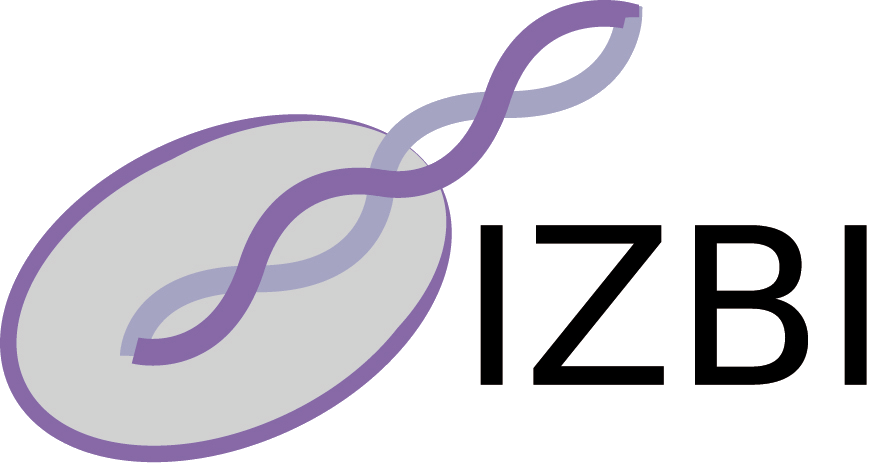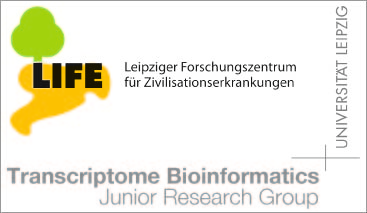Publications - Published papers
Please find below publications of our group. Currently, we list 565 papers. Some of the publications are in collaboration with the group of Sonja Prohaska and are also listed in the publication list for her individual group. Access to published papers ( ) is restricted to our local network and chosen collaborators.
If you have problems accessing electronic information, please let us know:
) is restricted to our local network and chosen collaborators.
If you have problems accessing electronic information, please let us know:
 ) is restricted to our local network and chosen collaborators.
If you have problems accessing electronic information, please let us know:
) is restricted to our local network and chosen collaborators.
If you have problems accessing electronic information, please let us know:©NOTICE: All papers are copyrighted by the authors; If you would like to use all or a portion of any paper, please contact the author.
Gene Phylogenies and Protein-Protein Interactions: Possible Artifacts Resulting From Shared Protein Interaction Partners
Paulo R. A. Campos, Viviane M. de Olivera, Günter P. Wagner, Peter F. Stadler
Download
Status: Published
J.Theor.Biol 231: 197-202 (2004).
Abstract
The study of gene families critically depends on the correct reconstruction of gene genealogies, as for instance in the case of transcription factor genes like Hox genes and Dlx gene families. Proteins belonging to the same family are likely to share some of the same protein interaction partners and may thus face a similar selective environment. This common selective environment can induce co-evolutionary pres- sures and thus can give rise to correlated rates and patterns of evolution among members of a gene family. In this study we simulate the evolution of a family of sequences which share a set of interaction partners. Depending on the amount of sequence dedicated to protein-protein interaction and the relative rate parameters of sequence evolution three outcomes are possible: if the fraction of the sequence dedicated to interaction with common co-factors is low and the time since diver- gence is small, the trees based on sequence information tend to be correct. If the time since gene duplication is long two possible outcomes are observed in our simu- lations. If the rate of evolution of the interaction partner is small compared to the rate of evolution of the focal protein family, the reconstructed trees tend towards star phylogenies. As the rate of evolution of the interaction partner approaches that of the focal protein family the reconstructed phylogenies tend to be incorrectly re- solved. We conclude that the genealogies of gene families can be hard to estimate, in particular if the proteins interact with a conserved set of binding partners, as is likely the case for transcription factors.
Keywords
Gene phylogeny, tree reconstruction, correlated substitutions















